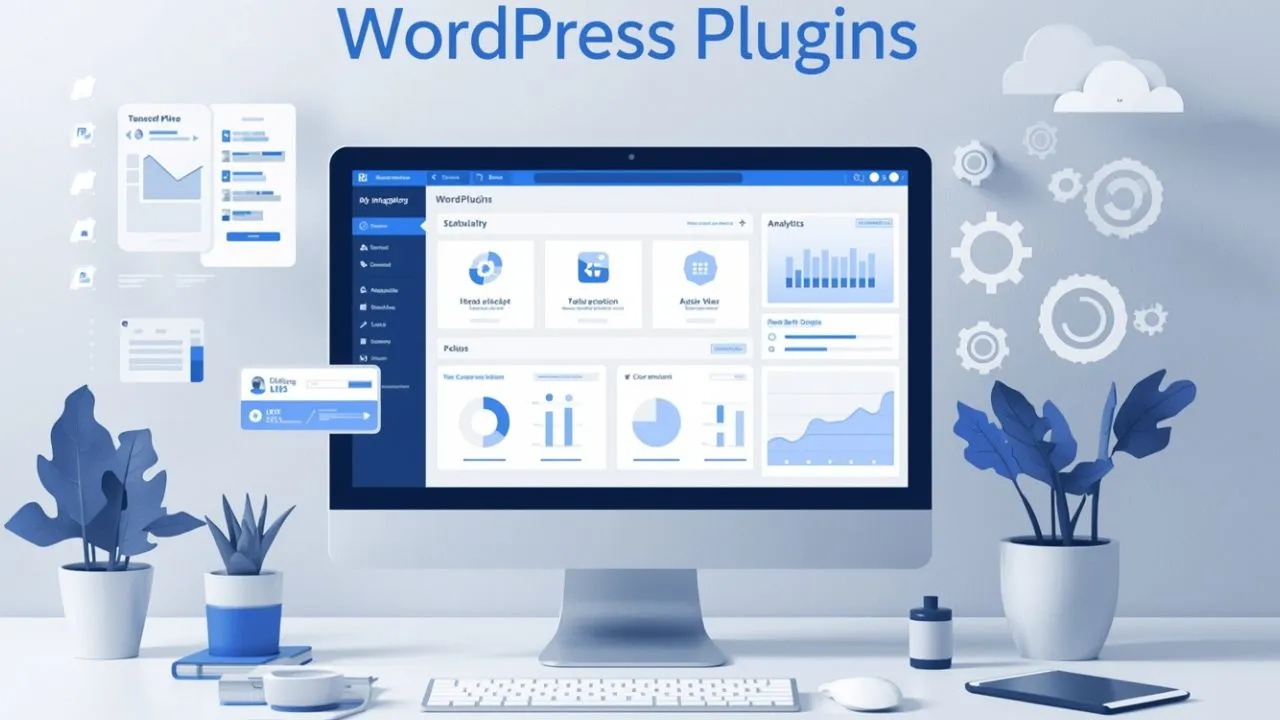To maintain a slim, fast and secure WordPress website, maintenance is necessary regularly, particularly in regard to management of unused themes and files. Over time, your WordPress setup might develop old-dated themes, unnecessary files and database bloat which will slack down your site and pose a possible security risk. To ensure the positive performance of the websites, it is crucial to identify the most appropriate Best WordPress Plugins to Clean Up Old Themes.
WordPress Web site owners can use super-versatile cleaner utilities that will find concepts of tools and delete them automatically, streamline databases, and release precious server space in 2026. It is a complete guide to the best clean up plugins today and with the help of this guide, you will be able to settle on the best cleanup social media option to make your WordPress site run smoothly and efficiently.
Why Cleaning Up Old WordPress Plugins, Themes, and Databases is Important
- Streamlined Website Speed and Performance: Theoretic themes and bloated databases waste(s) servers and loads. By cleaning regularly, your site will be at its very best performance providing you with faster page speed and putting user experience at its first priority.
- Heightened Security Messengers: old-fashioned themes are their chief targets by hackers and viruses. Elimination of concern of security vulnerability by removing old and unpatched themes may stop the possibility of the cybercriminals to have an upper hand in compromising your site.
- Less Server storage Expenses: Registered files and themes occupy desirable hosting space. Removing redundant data also assists you to optimize storage space and save money on hosting, particularly in the high-end hosting services.
- Less complicated Site Management: A messy WordPress dashboard complicates the management of sites and consumes time. Deactivation of unneeded themes results in a better, more user-friendly interface of the system to manage the webpage.
- Enhanced Database Performance: Database bloat of revision, spam comments and transients slows down the queries. An optimized database is done on a regular basis to enhance the overall site responsiveness as well as reduces the load on the servers.
- Adherence to Best Practices: Having a clean WordPress installation is also in line with industry best practices and helps to easily troubleshoot your site when a problem comes up to keep your site professional and reliable.
How to Choose the Right Cleanup WordPress Plugins
- Complete Feature Set Search Plugins should also have a variety of cleanup features such as theme removal, database cleanup, file cleanup and revision management. Best WordPress Plugins to Clean Up Old Themes that does cleanups on multiple tasks through one dashboard.
- Safety and Backup Options Additional Safety Ensures that the plugin has safety measures, such as automatic creation of backups prior to cleanup, restores, and preview options. These characteristics ensure that your site is not at risk of losing any data accidentally when cleaning the site.
- User friendly interface Select user-friendly dashboards and guidelines on the choice of a plug-in. Certainly, even the most capacious cleanup programs must be usable by people without technical knowledge and provide one- click options wherever possible.
- Frequent Updates and Support Choose the plugins that are not only frequently updated but also have a supportive developer. This is to guarantee that this can maintain compatibility with the ever-changing WordPress versions and security patches.
- Performance Impact The cleanup plugin itself cannot slow down your site. Find out lightweight solutions that can have a quick background operation without taking much of the server resources.
- Good User Reviews and Ratings Evaluate user ratings and reviews. Personal experience of other users of WordPress gives useful information about the reliability and efficiency of the SNL plugins.
Also Read: AI Tools for Poster Making
Top WordPress Plugins for Cleanup – Comparison Table
| Plugin Name | Best For | Free/Pro | Key Highlights |
| WP-Optimize | All-in-one optimization | Free + Pro | Database cleanup, cache, image compression |
| Advanced Database Cleaner | Deep database cleaning | Free + Pro | Schedule cleanups, detailed reports |
| WP-Sweep | Lightweight cleanup | Free | Minimalist, database-focused |
| Clean Up Optimizer | Beginner-friendly | Free | Simple interface, automated tasks |
| Perfmatters | Performance enthusiasts | Pro only | Script management, advanced optimization |
| Asset CleanUp | Page-specific optimization | Free + Pro | Disable unused CSS/JS per page |
| WP Reset | Complete site reset | Free + Pro | Emergency recovery, snapshots |
| Disk Usage Sunburst | Visual storage analysis | Free | Interactive storage visualization |
| Theme Cleanup | Theme-specific removal | Free | Focused theme management |
| Plugins Garbage Collector | Plugin residue removal | Free | Cleans leftover plugin data |
List of 10 Best WordPress Plugins to Clean Up Old Themes for 2025
1. WP-Optimize
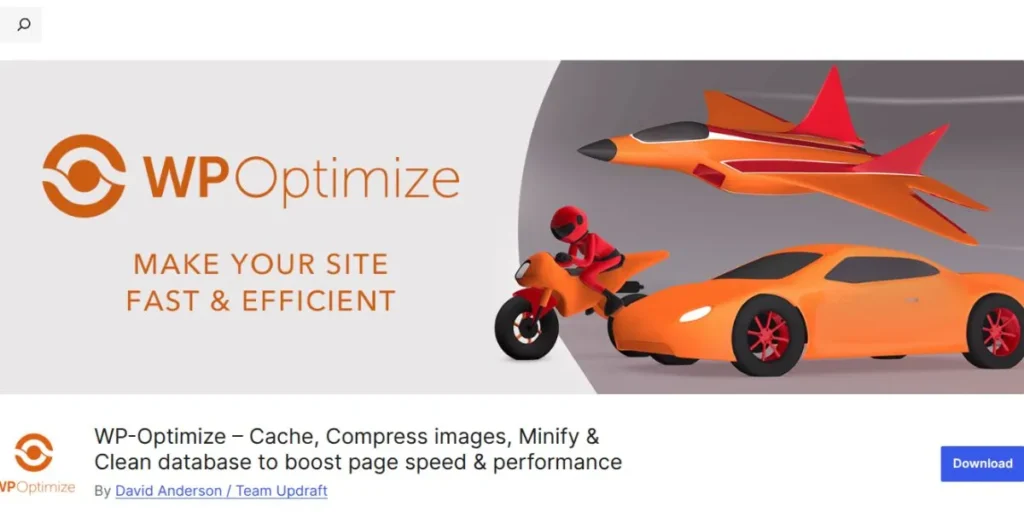
In 2025, WP-Optimize is one of the most powerful cleanup solutions offered which combines database optimization, caching, and image compression within the same plugin. It is the Best WordPress Plugins to Clean Up Old Themes with some one million active installations.
It is a self-cleaning system that will select posts that are revised, spam comments, transient forms and orphan data, and optimize database tables. Its simple interface makes the plugin easy to use by beginner users and the advanced one has the advantage of being able to schedule cleanups and its detailed optimization reports which give the user full control of how the sites are maintained.
Key Features:
- Automated database optimization
- Built-in caching system
- Image compression tools
- Scheduled cleanup tasks
Why It’s Great: Combines three essential optimization tools in one plugin, reducing the need for multiple plugins and simplifying WordPress maintenance workflows.
Pricing: Free version available; Premium version starts at $49/year for single site license with advanced features and premium support.
Best For: Website owners seeking an all-in-one optimization solution that handles database cleanup, caching, and performance enhancement simultaneously.
2. Advanced Database Cleaner
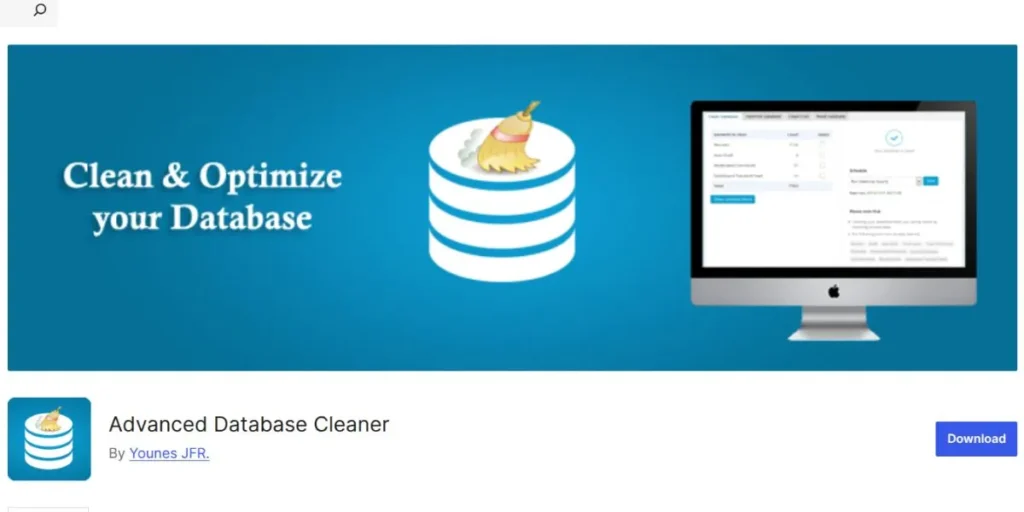
Advanced Database Cleaner focuses on profound database cleaning, thus it is the Best WordPress Plugins to Clean Up Old Themes and remains of the database. Broadened and released in 2025, it searches your entire database to determine orphaned tables, unused post meta, and any leftover data that was left by deleted themes and objects.
The plugin also presents detailed reports on what will be cleaned in detail, meaning that the user will have a full view of what will be cleaned before making any changes. It has a scheduling option which enables it to automatically clean the database every week or every month without the need to manually clean the database hence leaving it to be optimized, which makes it an ideal choice with large site administrators.
Key Features:
- Orphaned data detection
- Scheduled automatic cleanups
- Detailed cleanup reports
- Plugin leftover removal
Why It’s Great: Offers granular control over database cleaning with clear explanations of what each cleanup operation does and its potential impact.
Pricing: Free version with core features; Pro version at $29/year adds scheduling, automatic cleaning, and premium customer support options.
Best For: WordPress sites with extensive plugin history that need thorough database cleaning and removal of leftover data from deleted themes.
3. WP-Sweep
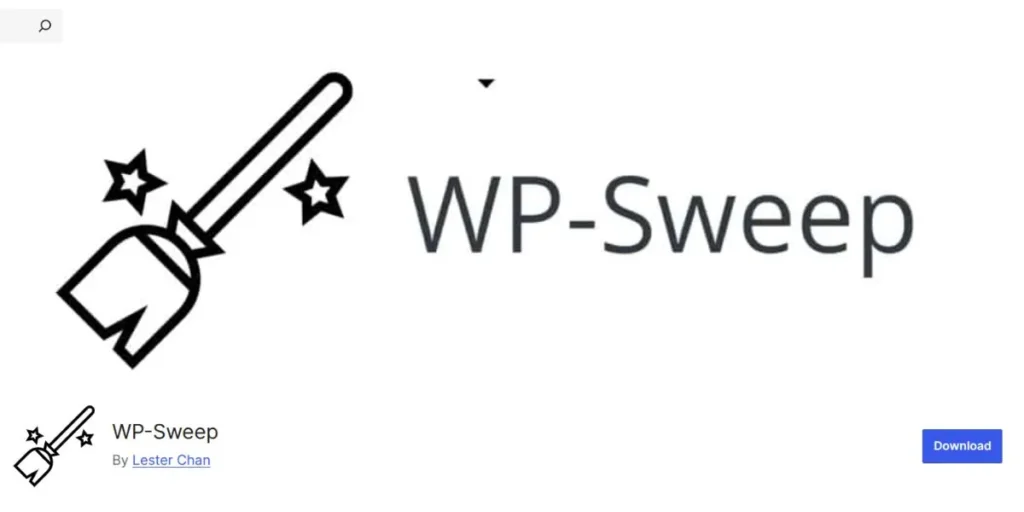
In a sample of the main theme, Wp-Sweep adopts a very simple way of cleaning up WordPress but it only optimizes the database without unnecessary bells and whistles. This is a lightweight and Best WordPress Plugins to Clean Up Old Themes clean by simply clicking and clicking on a few Buttons.
An established WordPress developer created WP-Sweep, which works perfectly with the core functionality of WordPress and relies on core database queries to be as compatible as possible. The simple user interface shows cleanable items with counts, whereby one can look at the type of data to clean with a specific item or can use the bulk cleanup item to clean out all types of data to do a complete overhaul of the database.
Key Features:
- Lightweight and fast
- Native WordPress integration
- Selective cleanup options
- No configuration required
Why It’s Great: Provides essential database cleaning functionality without bloat, making it perfect for users who want simple, effective cleanup tools.
Pricing: Completely free and open-source, available through the WordPress plugins repository with no premium upsells or limitations.
Best For: Users seeking a straightforward, no-frills database cleanup solution that focuses solely on essential optimization tasks without extra features.
4. Clean Up Optimizer
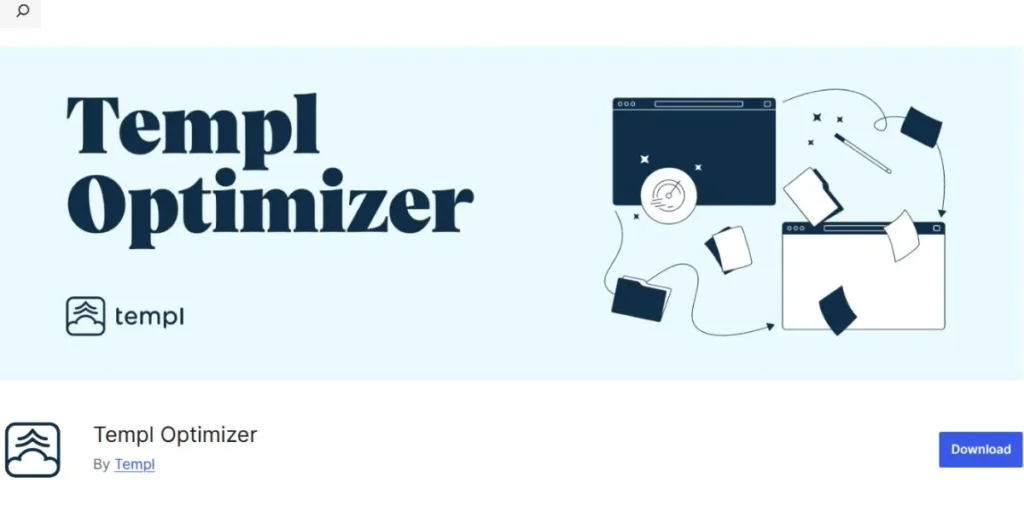
Clean Up Optimizer targets the novice WordPress users who require a basic but efficient cleanup tool. This is the Best WordPress Plugins to Clean Up Old Themes that contains an easy to use dashboard with one-click clean up features in most of the optimization processes.
Revised to 2025 with enhanced compatibility, it scans itself automatically and finds idle themes, inactive themes, and database bloat along with offering simple-to-understand recommendations. The plug-in contains some useful tooltips that define each available clean-up option and makes it informative in case this is an educational tool to learn how to maintain a WordPress.
Key Features:
- Beginner-friendly interface
- One-click optimization
- Automated cleanup scheduling
- Educational tooltips included
Why It’s Great: Simplifies WordPress maintenance for non-technical users while still providing powerful cleanup capabilities and automated optimization features.
Pricing: Free basic version available; Premium upgrade at $39/year includes priority support, advanced scheduling, and additional optimization tools.
Best For: WordPress beginners and small business owners who need effective cleanup tools without overwhelming technical complexity or steep learning curves.
5. Perfmatters
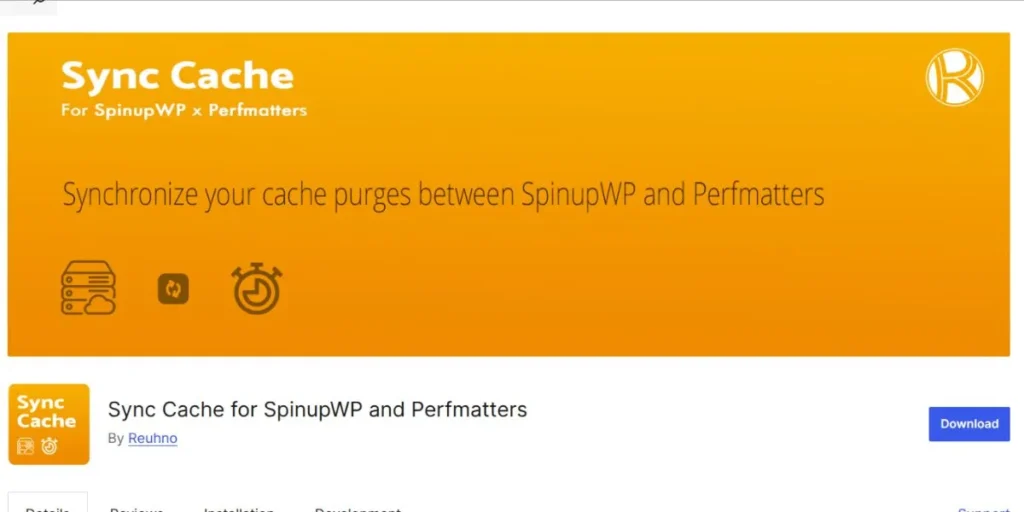
The most famous performance cleaning tool is the basic cleaning package of Perfmatters, yet most of the performance cleaning services it provides are comprehensive, which is why it is recognized as the Best WordPress Plugins to Clean Up Old Themes. It is a high-quality premium plug-in which gives a fine amount of control on all WordPress scripts, styles and features enabling the user to turn off aspects of the page or the entire site that may be wasted. The 2025 release will come with improved theme and plugin assets management, which will assist in determining, and eliminating, CSS and JavaScript files that slack on your site.
Key Features:
- Script manager control
- Database optimization tools
- CDN integration support
- Lazy loading options
Why It’s Great: Provides professional-level performance optimization with precise control over every aspect of WordPress loading and asset management.
Pricing: Premium only at $24.95/year for single site, with lifetime updates included and 30-day money-back satisfaction guarantee.
Best For: Performance-focused websites and developers who need advanced control over script loading, asset management, and comprehensive site optimization.
6. Asset CleanUp
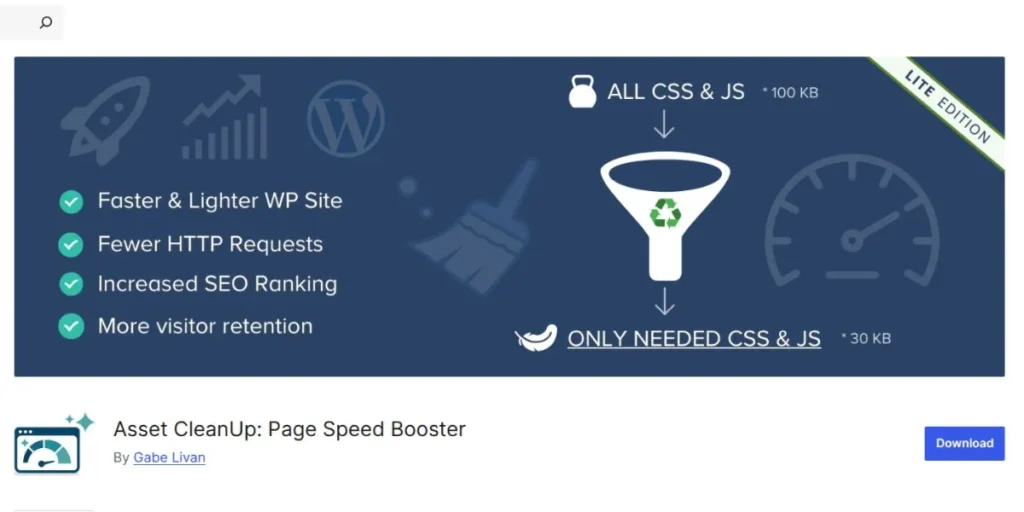
Asset CleanUp is a game-changer in the optimization of the WordPress framework through enablement of page-specific CSS and JavaScript controls. It is the best WordPress plugin that leaves clean old themes and identiBest WordPress Plugins to Clean Up Old Themes is that the majority of the old themes load all the scripts and styles on each and every page, and with the help of this game changer, users can selectively disable the unwanted assets.
The 2025 version has a better visual interface which displays which plugins and themes load which files and it is easy to optimize on loading times of single pages. The approach specifically works well in any site that uses page builders or uses numerous types of plugins to load assets worldwide despite not being required, thus leading to a major performance boost without disruption to functionality.
Key Features:
- Page-specific asset control
- Visual script identification
- Bulk unload options
- Test mode available
Why It’s Great: Offers unprecedented control over plugin and theme assets with page-level precision, dramatically improving site speed without breaking functionality.
Pricing: Free version with core features; Pro version at $69/year adds regex unloading, positions adjustments, and priority support.
Best For: Websites with multiple plugins and themes that need fine-tuned control over which assets load on specific pages or posts.
7. WP Reset
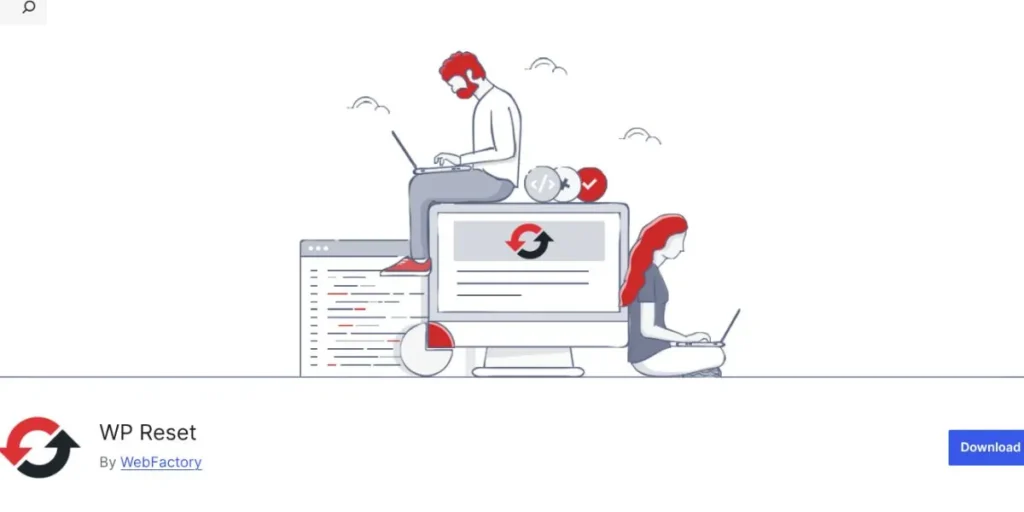
WP Reset is an emergency cleanup and recBest WordPress Plugins to Clean Up Old Themes overy service that works as both a best WordPress cleanup plugin, a tool to clean up old themes, and a site recovery tool. It is a highly powerful WordPress resettable plugin that will save important files and settings. The 2025 update also features improved snapshot, allowing one to save unlimited site backups prior to introducing cleanup changes.
WP Reset has the capability of deleting all themes except the one in use, deleting all the plugins, resetting the database, and putting the WordPress into clean up mode like the fresh installation state such that everything could be restored with a single click in case of any necessity, which is of utmost safety when performing significant cleanup.
Key Features:
- Complete site reset
- Snapshot backup system
- Nuclear option cleanup
- Emergency recovery tools
Why It’s Great: Provides the ultimate safety net for WordPress cleanup with instant snapshots and complete site restoration capabilities when needed.
Pricing: Free version with essential features; Pro version at $39/year adds cloud snapshots, collections, and advanced recovery options.
Best For: Developers and agencies who need to quickly reset development sites or create clean testing environments while maintaining backup safety.
8. Disk Usage Sunburst
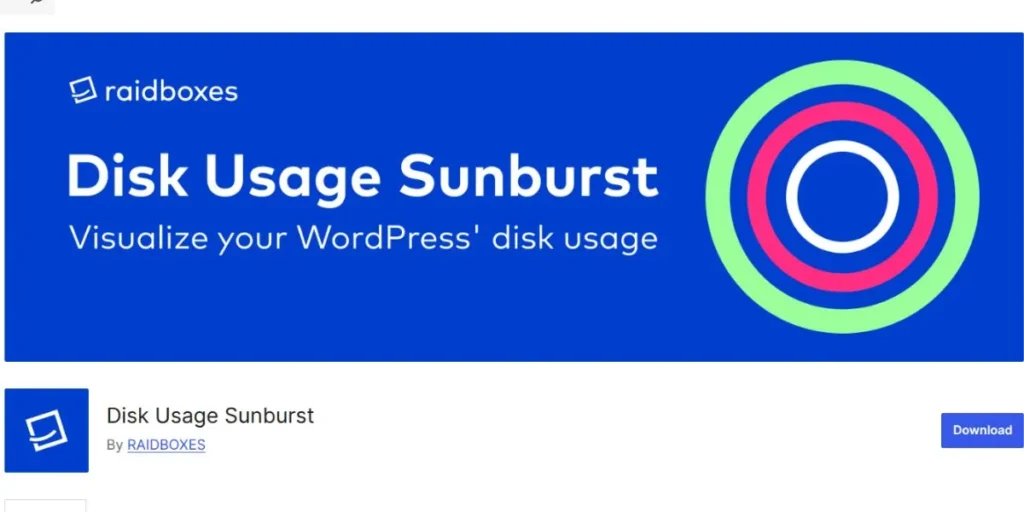
The Disk Usage Sunburst is a visual representation of the clean up of WordPress and therefore it is an innovative Best WordPress Plugins to Clean Up Old Themes by using interactive data visualization. This is a stunning sun burst chart which helps to explicitly track in which your server space is being utilized and it is simple to recognize huge themes, Today’s uploads, plugin files, and database tables taking over storage space.
The 2025 version has a more detailed theme and plugins directory breakdowns and faster scanning algorithm. The optimization of storage offers users the capacity to navigate through the structures of their folders and see where they can clean up without clicking on any document, as the visual chart is easy to use and to look at.
Key Features:
- Interactive visual charts
- Storage usage analysis
- Folder drill-down capability
- Large file identification
Why It’s Great: Transforms boring storage analysis into an engaging visual experience that makes identifying cleanup opportunities intuitive and efficient.
Pricing: Completely free with no premium version, available as an open-source project through the official WordPress plugin directory.
Best For: Visual learners and site administrators who want to quickly identify storage hogs and optimize disk usage through intuitive graphical interfaces.
9. Theme Cleanup
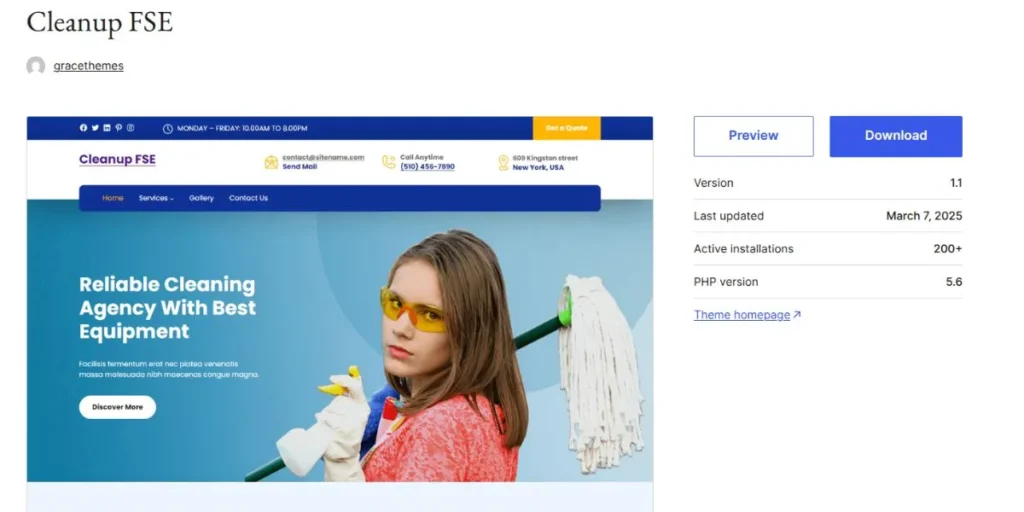
Theme cleanup is the only theme management client that has been rated as the Best WordPress Plugins to Clean Up Old Themes in order to maintain them through specialized theme maintenance. This special purpose plugin will scan your WordPress installation, which will find unused themes as well as any outdated thematic files and delete them automatically and with proper backup generation.
The 2025 release improves on detection of theme fragments that are remaining after partial deletions and detect child themes where there are no parent themes. Theme Cleanup gives direct reports on the theme sizes, the last modification date, as well as the dependency relationships in order to help the consumer make a good choice on which themes to uninstall without compromising the site functionality and its design.
Key Features:
- Theme-specific scanning
- Dependency detection
- Safe theme removal
- Orphaned file cleanup
Why It’s Great: Focuses exclusively on theme management, providing specialized tools that general cleanup plugins often overlook for comprehensive theme maintenance.
Pricing: Free with all features included, supported by the developer community through donations and maintained regularly with updates.
Best For: WordPress sites with many installed themes or theme developers who need specialized tools for managing multiple theme installations safely.
10. Plugins Garbage Collector
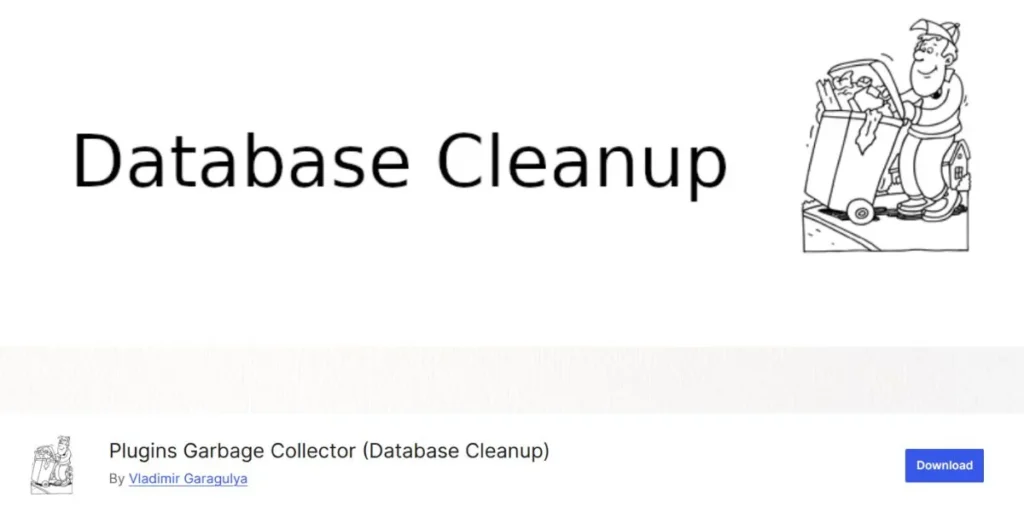
Plugins Garbage Collector solves the specific clean-up problem that many people do not even take into consideration, the leftover residual data of deleted plugins. This is the Best WordPress Plugins to Clean Up Old Themes and old-fashioned plug furniture programs look for discarded tables, past choices and disregarded settings that were earlier supplanted by various engagements dropped.
Most of these plugins fail to clean up appropriately on their un-Installation thus cluttering the database which increases with time. The 2025 one includes better detection and deletion processes with the creation of automatic backups, which are safer.
Key Features:
- Orphaned table detection
- Plugin residue removal
- Safe deletion preview
- Database optimization
Why It’s Great: Solves the hidden problem of plugin leftovers that other cleanup tools miss, ensuring truly complete WordPress database maintenance.
Pricing: Free version available through WordPress repository; donations accepted to support continued development and regular plugin updates.
Best For: Websites that frequently test new plugins or have installed and removed many plugins over time, accumulating significant database clutter.
Also Read: AI Tools for Cybersecurity
Steps to Safely Clean Old Themes
- The first things to do before the deletion of any themes are to create a complete back up of the site (files and database). You should have good backup programs such as UpdraftPlus or backup programs provided by your hosting company so that in case the problems arise during the cleanup process, you are assured of being able to restore all the information.
- Determine Active and Child Themes Make sure that you determine whether a theme is currently in the active state or not, as well as identify any theme in use that is a child one. Do not delete your active theme or its parent theme as this will render your site useless on the spur of the moment and will give errors of display to the frontend as well.
- Deactivate Themes Deactivate Before Deleting Activate Before Removing Before moving on with deleting your previously active theme, be sure to activate Before changing to a default WordPress theme such as twenty twenty five. This avoids any possible conflicts, and the cleanup process will be smooth and the sites will not be down.
- Review Theme Dependencies Check whether or not the themes have relied on the existence of theme functions within the use of plugins, page builders, or even custom code. Certain themes may have custom post types or functions which may be used by the plugins and removal of them may result in loss of functionality.
- Use a Staging Environment Test theme removal on a staging site first in case possible. This would enable you to check whether exodus of old themes does not bring any unforeseen problems before you set in to change the procedure of your live production site.
- Uninstall Maison Themes using Dashboard Use WordPress admin dashboard or an acceptable cleanup program to uninstall themes in a proper manner. This guarantees the proper removal of all the files and database entries eliminating orphaned information and partial deletions.
Tips for Regular WordPress Maintenance
- Schedule database optimization Call automated weekly cleanups of the database with scheduling-supported clean-up databases. Frequent maintenance will ensure that there is no undue bloat accumulation and will leave your database in a well running state without constant need of human intervention.
- Review Installed Themes Monthly Check your installed themes- Page through on your installed themes monthly and delete any you have not used in six months. Retention of only the required themes eliminates security risks and makes the management of the site easier whilst allowing the servers to expand important storage capacity.
- Update Plugin Checks Frequency Checks frequent updates of the plugins and themes at least once every week. The old software brings about security risk and compatibility problems. Allow automatic updates to minor versions although major updates should be carefully reviewed before they are installed.
- Obvious Temporary Data Periodically Temporary data WordPress saves transients that may have a substantial accumulation of transient data. A cleaning up of expired transients on a monthly basis has to be done with cleanup plugins because not all the plugins have the capability to clean up their transient data automatically.
- Image optimization Before uploading Optimize images and upload them to WordPress or there are auto-optimizing media file plugins. The main cause of the slow loading time and wastage of storage capacity in WordPress sites are large unoptimized images.
- Keep Records of Installed Plugins and Themes Have records of installed plugins, themes and customizations and their purpose. Documentation is useful in making future decisions on maintenance and also troubleshooting when a problem arises is easier in a site with numerous administrators.
Conclusion
In 2025, it is very important to ensure your WordPress site stays clean and optimized in the future as it relates to its performance, security, and longevity. The choice of best WordPress plugins to clean up old themes will be based on your requirements and demands; either you need a universal and economical all-in-one applications such as WP-Optimize, or a specialized theme cleaning impressions such as Theme Cleanup, or visualization with Disk Usage Sunburst.
Upon regular cleanup we avoid bloat in the database, remove security vulnerabilities of old themes, and make sure that your site is running at optimum performance. The use of the discussed in the current guide plugins and maintenance strategies will ensure that your WordPress set-up remains slim, fast, and secure. Keep in mind that the routine, periodic maintenance is much more advantageous than the spontaneous large-scale cleaning.
FAQs
What is the frequency of the cleaning up of old WordPress themes?
Still do every month an overview and delete unused themes, do a full database cleaning once a week with automated scheduling functions in most cleanup plugs to have the database in a healthy state.
Can Yelp fit or is it safe to delete inactive WordPress themes?
No, it is safe to delete the inactive themes, but you have to make backups beforehand and make sure they do not have parent themes to active child themes or are not needed by certain plugins.
Are my theme settings going to be destroyed by cleanup instigators?
No, there are reputable cleanup plugins, which will protect against deleting the active themes or the parent themes, however, always make sure the plugin has safe deletion options before utilizing it.
Is the recovery of deleted themes possible after the clean up?
Yes, provided you made backups prior to cleanup or installed the snapshot functionality in a given Plugin such as the WP Reset, then you can recover all themes and related information fully.
Does it make my site slower because of the use of cleanup WordPress Plugins?
Quality cleanup, as indicated by their name, are run in the background with minimal effect on the performance of a site; on the contrary, they enhance it by attaching bloat and optimizing queries of the database.
